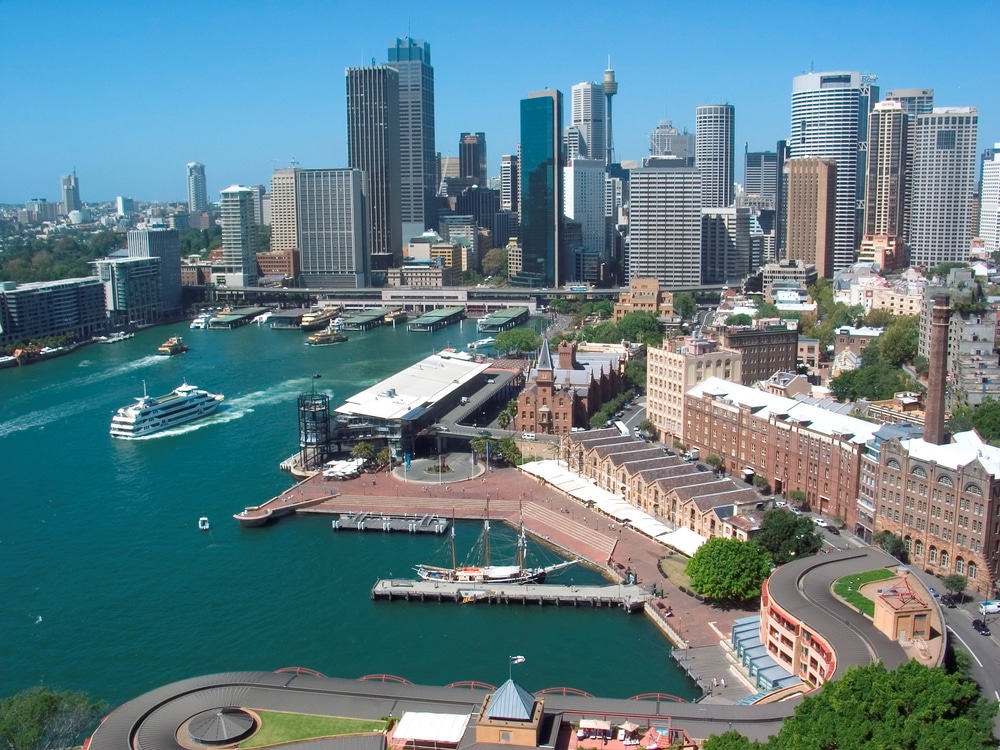 Australian news publisher Fairfax Media, whose main titles are Sydney Morning Herald and The Age, is implementing a big but, some say, belated strategy to save itself from oblivion.
Australian news publisher Fairfax Media, whose main titles are Sydney Morning Herald and The Age, is implementing a big but, some say, belated strategy to save itself from oblivion.
Adding up to 1,900 job losses and up to A$235 million ($237 million) a year in cost cuts by June 2015, the template will be familiar to anyone who has observed other news publishers’ increasingly desperate contortions in other countries:
- Metered digital payments for SMH and The Age from Q1 2013 across all platforms (prices announced at end of 2012).
- Two printing presses mothballed by June 2014. “Both sites were commissioned when almost all of Metro Media’s content was delivered through the printed newspaper.”
- “Digital-first” editorial integration of print, digital and mobile production.
- Smaller, “compact” format for broadsheet SMH and The Age.
But that’s not all. To strengthen its balance sheet, Fairfax is selling 15 percent of its 66 percent share in New Zealand classified ads and auctions site TradeMe to raise A$160 million.
CEO Greg Hywood (via announcement):
“No one should be in any doubt that we are operating in very challenging times. Readers’ behaviours have changed and will not change back.”
According to Fairfax data presented to investors, 77 percent of its audience is via digital; 65 percent of that is from web. “To date, access has been free,” the presentation says. “Whilst this has driven digital traffic it has impacted print circulation.”
TheAge.com.au and SMH.com.au (Australia’s top news website) currently have around five million monthly uniques combined; their app editions have clocked 570,000 downloads to date.
News Corporation’s Australian subsidiary, News Limited, began introducing promised digital fees recently, so Fairfax might console itself that it is not going alone.
In 2011, the Fairfax made 14 percent ($345,175,740) of its A$2,465,541,000 annual revenue from digital sources, its annual report stated. Much of that is from its pure-play digital classifieds options across Australia and New Zealand.
In its new strategy, Fairfax says it is retaining a “flexible” option to “transition to a digital only model” if print circulation and advertising decline further despite its changes – something no-one would rule out at this point.
But former The Age editor-in-chief Andrew Jaspan writes this scathing critique of how mismanagement has allowed Fairfax to decline to this point:
- Fairfax rejected Jaspan’s plea, five years ago, to merge newsrooms’ print and online teams.
- “The decline and implosion of the media was seen as a European or American disease that Australia would avoid.”
- “The company has been run by senior executives and boards with no direct experience running a media company.”
- “One by one Fairfax was stripped of its classified advertising ‘rivers of gold’. The jobs went to Seek.com.au, Cars to Carsales.co.au, homes to Realestate.com.au.”
- “The share price has collapsed from $5 to 60c or less because no one in the market believes there is a coherent strategy for the company.”
And Jaspan fears a growing Fairfax equity grab by mining billionaire Gina Rinehart, the world’s richest woman, could leave its papers the mouthpiece of anti-climate change rhetoric.